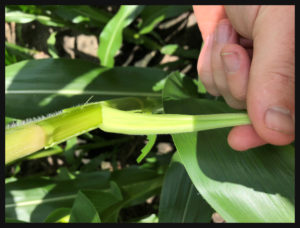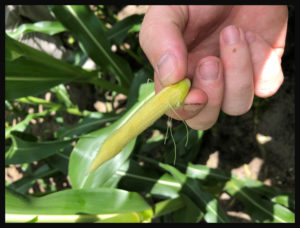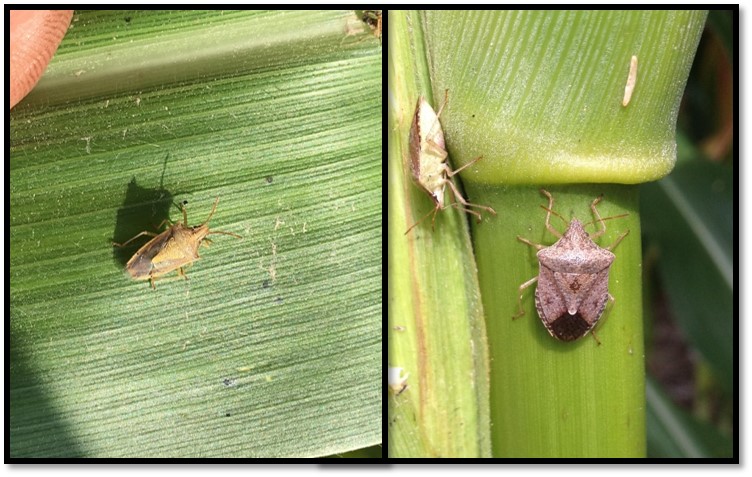Scout Before Spraying Stink Bugs in Corn
go.ncsu.edu/readext?605610
en Español / em Português
El inglés es el idioma de control de esta página. En la medida en que haya algún conflicto entre la traducción al inglés y la traducción, el inglés prevalece.
Al hacer clic en el enlace de traducción se activa un servicio de traducción gratuito para convertir la página al español. Al igual que con cualquier traducción por Internet, la conversión no es sensible al contexto y puede que no traduzca el texto en su significado original. NC State Extension no garantiza la exactitud del texto traducido. Por favor, tenga en cuenta que algunas aplicaciones y/o servicios pueden no funcionar como se espera cuando se traducen.
Português
Inglês é o idioma de controle desta página. Na medida que haja algum conflito entre o texto original em Inglês e a tradução, o Inglês prevalece.
Ao clicar no link de tradução, um serviço gratuito de tradução será ativado para converter a página para o Português. Como em qualquer tradução pela internet, a conversão não é sensivel ao contexto e pode não ocorrer a tradução para o significado orginal. O serviço de Extensão da Carolina do Norte (NC State Extension) não garante a exatidão do texto traduzido. Por favor, observe que algumas funções ou serviços podem não funcionar como esperado após a tradução.
English
English is the controlling language of this page. To the extent there is any conflict between the English text and the translation, English controls.
Clicking on the translation link activates a free translation service to convert the page to Spanish. As with any Internet translation, the conversion is not context-sensitive and may not translate the text to its original meaning. NC State Extension does not guarantee the accuracy of the translated text. Please note that some applications and/or services may not function as expected when translated.
Collapse ▲
You can peel back the leaf prior to tasseling at the nodes where the ears will form to find them pushing out.
Corn is susceptible to damage at three stages (roughly): V1 to V6, V14 to VT, and R1 to R4. Note that corn cannot be damaged by stink bugs from V7 until the primary and secondary ears are beginning to push out (just prior to tassel). You will find stink bugs in corn throughout the growing season, but the critical period to prevent ear damage is just prior to tasseling (a one-to-two-week window).

Stink bugs will feed through the leaf sheath and husk tissue surrounding the developing ear. If their stylets reach this ear at this stage, they can cause ear damage.
Scout corn by beginning on field edges from source areas (weeds, other crops, and overwintering sites like woods). If there isn’t an obvious source around (like cut wheat or rapeseed), the stink bugs will begin to congregate around the primary and secondary ear nodes at V14. Check these areas of the plant for stink bugs at field edges. Choose at least 20 plants in a row. If there are no stink bugs along any of the field edges, there is a good chance they aren’t in the field middle. However, if there are stink bugs on the edge, walk a good ways into the field to see if they are limited to the edge or are also present in the field interior.
Our thresholds can be found on our Stink Bug Thresholds page, and bifenthrin is the insecticide of choice. Focus on coverage. Remember where those stink bugs were located when scouting and be sure the insecticide is delivered to those areas.



